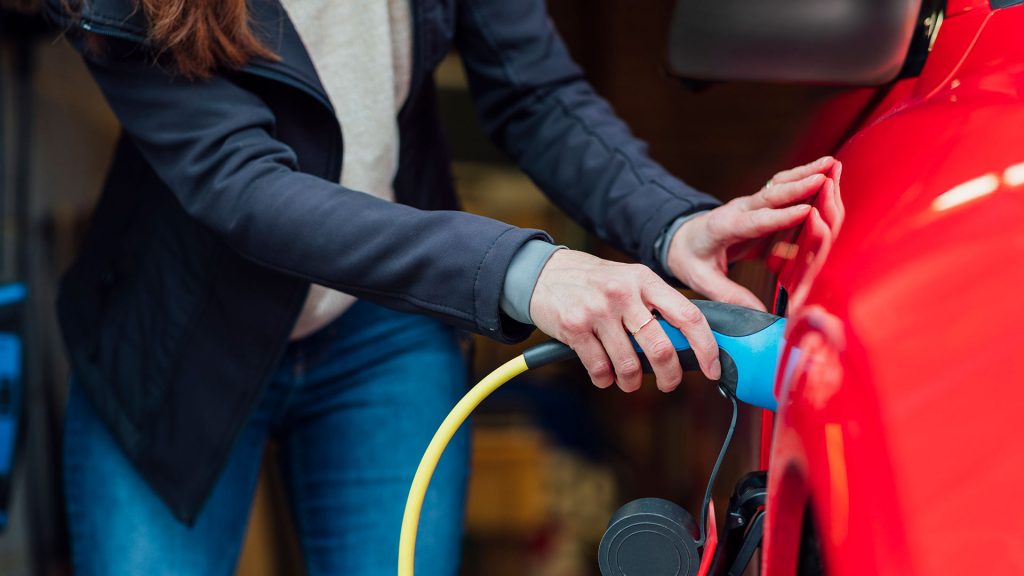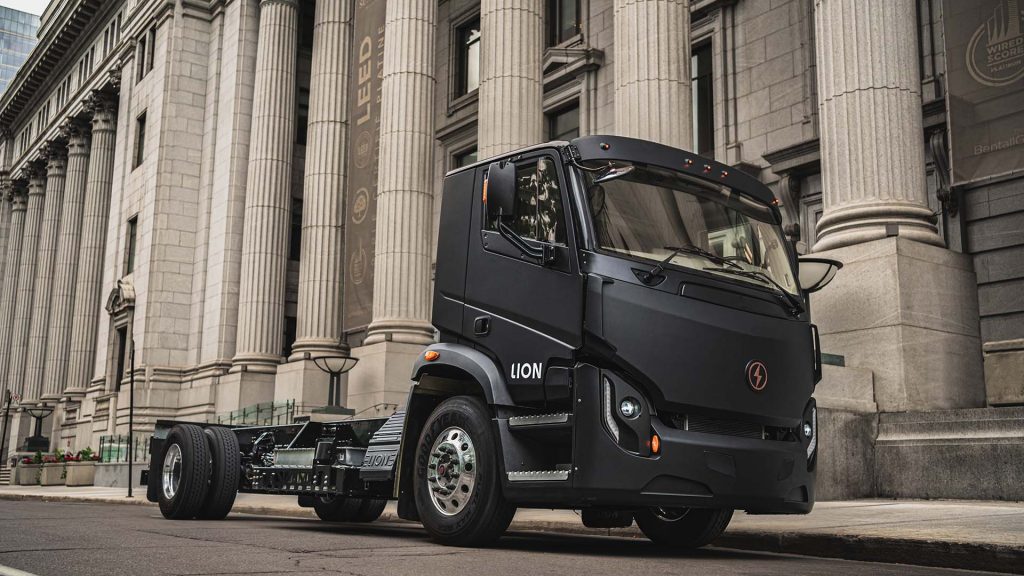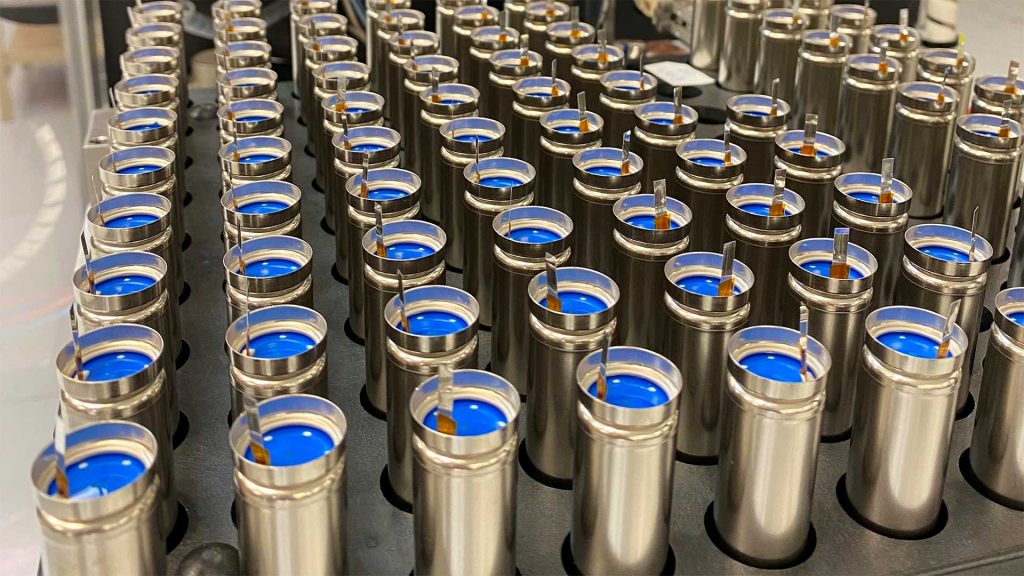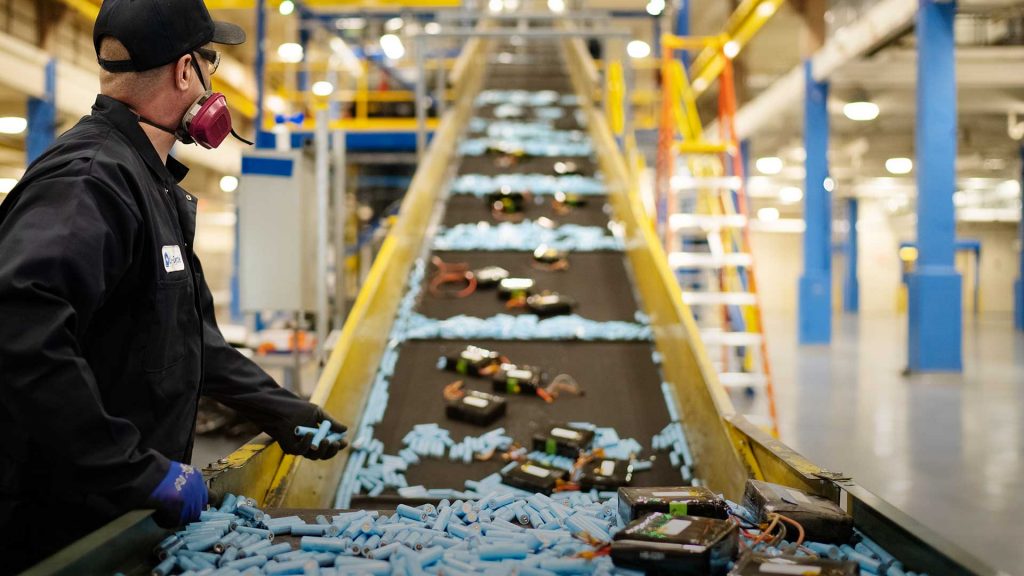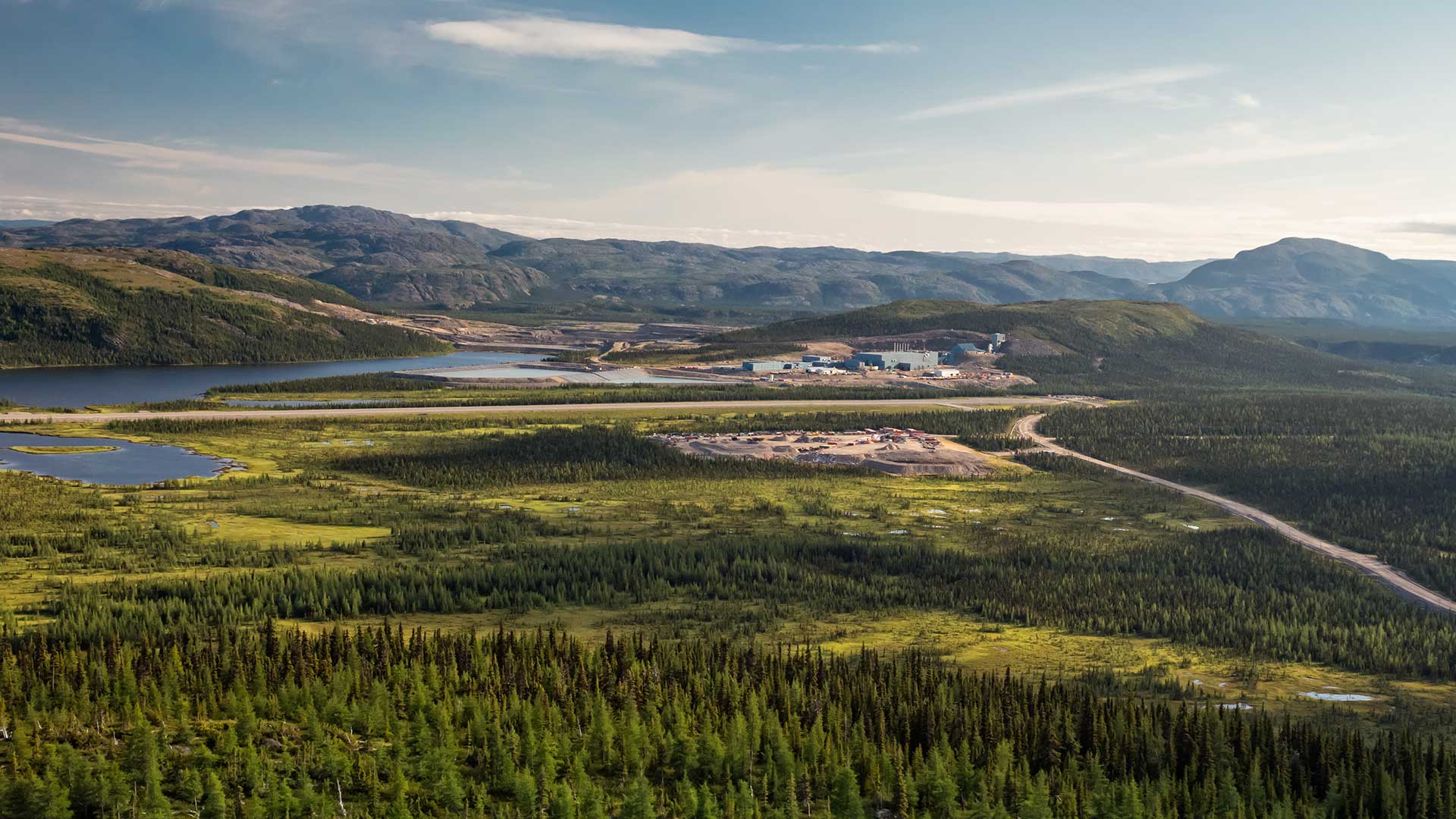
Canadian mining is the starting point for sustainable EV supply chains
How Canada is leading the way in sustainably extracting the raw materials for EV batteries.
If you’re reading this on your phone, you’re holding important minerals, essential for daily life, in your hand. Lithium-ion and other battery technologies, the kind that power our digital devices, depend on materials like lithium, as well as key base metals such as nickel, copper, and cobalt. The same batteries are at the heart of decarbonizing transportation, replacing internal combustion engines with batteries which can be charged using renewable electricity.

As Canada nurtures an end-to-end electric vehicle (EV) ecosystem, one of the factors working in its favour is an abundance of the natural resources – not least key base metal materials required to power lithium-ion batteries. Combined with a world-beating automotive manufacturing pedigree and top-tier tech clusters, the country has everything in place to develop EVs. And it is leading the way in ensuring the entire supply chain is sustainable – including how the minerals required for EV batteries are extracted.

Mining the Canadian way
Canada has some of the strongest Environmental, Social and Governance (ESG) credentials in the world, embodied in the Mining Association of Canada’s (MAC) Towards Sustainable Mining (TSM) initiative. TSM is a framework adhered to by every MAC member, specifying environmental standards for a swathe of mining processes and activities – supported by mandatory reporting and regular independent assessments. One of the first sustainable mining standards globally, it is still recognized internationally as something of a gold standard within the industry.
The nation’s ESG priorities are strongly embraced by investors, too. “Our investors really pay attention to where we are on ESG standards,” says Mark Travers, Executive Vice President of Base Metals at global mining company Vale. Vale’s Canadian operations span three provinces accounting for 58% of Canada’s total mine production of nickel. There is similar pressure from the company’s customers, who Travers says are “extremely focused on tracking the carbon intensity of the supply chain for our products.”
Localized supply
A major source of mining’s emissions comes from transportation. The shorter the distance between a source of, for example, nickel, and a battery production facility, the lower the carbon footprint. By nurturing a complete EV ecosystem, Canada is reducing the miles between each step in the supply chain that has been dependent on Asia for these materials.
Canada’s mining sector is also contributing to efforts in rapidly scaling new battery recycling technology. Lithion Recycling – sister company to mining process firm Seneca – and Li-Cycle Recycling both use patented methods for recovering 95% of raw materials from a battery partially informed by methods from mining.
And Vale itself is exploring end-of-life cycle opportunities in battery recycling, leveraging its advanced R&D facilities near Toronto and the U.S. border. As Travers puts it, “We need to increase the use of recycled materials, so we aren’t chasing for new mines across the globe until these things run out.”

Low-carbon nickel
Recycling will never entirely displace mining, but nor does it need to. Vale’s Long Harbour refinery on Canada’s East Coast provides a stunning example of how sustainable mining can be. Nickel rounds from the plant boast one of the lowest carbon footprints in the world – 4.4 tonnes of CO2 equivalent per tonne of nickel – significantly below the global average for Class 1 nickel. This is principally made possible by leading-edge processing that eliminates the need for smokestacks and smelters, says Travers.
Canada sourced approximately 67% of its electricity demand from renewable sources in 2020, primarily hydroelectricity. This means that every electric step in extracting nickel and other transition minerals is comparatively lower in carbon than almost anywhere else in the world. And as more processes and machinery are electrified – including replacing heavy diesel trucks with electric alternatives – the country’s mining footprint will shrink even further.
And in keeping with Canada’s strong ESG commitment, Vale is working with two local indigenous business organizations to bring wind turbines online to power further electrification at its Voisey’s Bay mine extension, reducing greenhouse gas (GHG) emissions at the site by up to 30%.

Mining’s positive impact
The Mining industry is a key enabling sector for the global energy transition. The essential minerals that the industry takes from the earth are the building blocks of progress. And as the industry evolves to be more sustainable in its practices, the world will be a better place for it.
With its firm ESG framework and localized, circular supply chain ambitions, Canada is showing the world how mining can be sustainable.
Read more


